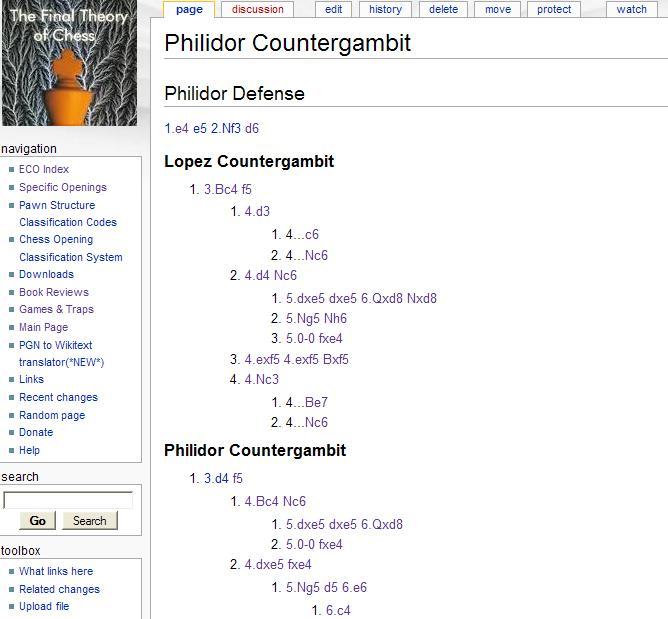
Rote Memorization vs. Understanding
Variation trees and/or opening guides are useful tools for learning the ins and outs of chess openings. However useful variation trees may be, rote memorization is no substitute for wisdom and understanding of the conduct of the game, which one may find through careful study of the games of the great masters, via a close reading of the classic texts of chess strategy, or by way of experience. This point, of course, is not new or original and one can find numerous examples of similar passages strewn throughout the body of chess literature. Authors such as Emanuel Lasker and Henry Golombek, to name two, have made similar points.
Emanuel Lasker wrote in his section on The Theory of Openings:
"There is justification for the compiler. But can a player hope to become a master merely by studying compilation? No. That were possible if the number of the different lines of play were small. In chess, however, that number, no matter how critically one may select and how many feeble lines of play one may reject, goes into the many millions. The brain cannot encompass them by a process of mere compilation. One must therefore search for rules, laws, principles capable of comprising within their compass the result of a thousand, nay of ten thousand different variations" (Lasker, p.40).
Henry Golombek echoed Lasker's wisdom in his chapter on Planning in the Middle Game in the Art of the Middle Game with authors Paul Keres and Alexander Kotov. Golombek wrote:
"Most books on the openings are positively dangerous for the development of the young and aspiring player since they ignore this important fact. What often happens is that your promising young player will memorize a variation that ends with a plus-minus in White's favor, and then expect the rest of the game to play itself. All the greater his disappointment and surprise when the game refuses to do any such thing; in no time at all his plus-minus becomes first an equals, then a minus-plus, and finally a dead loss. This is not to imply that a study of the openings is useless - far from it. But it must be undertaken in the awareness that the opening is directly followed by the middle game and that the choice of an opening variation will have an immense influence on one's plan of play in the later stages of the game" (Keres & Kotov [Translated by Golombek], p.16).
Notwithstanding Lasker's preference for rules, laws, and principles, Lasker nevertheless conceded that memorization has its place in modern chess:
"By means of rules, laws, principles ... players with natural talent could dispense with compilations and the memorizing of them. But games played by them were again and again analysed and compiled and memorized, so that at last, no matter how they tried to vary from the 'book' they had to play against themselves, and, of course they could not successfully do that. All of which shows that nobody can wholly escape the dire necessity of compiling variations and of examining and memorising them" (Lasker, p.42).
The above discussion, I hope, has served as a reminder of the double-edged nature of rote memorization. Rote memorization alone is a poor substitute for actual chess understanding; however, when combined with chess understanding, rote memorization (i.e. opening preparation) is an indispensable complement for the modern chess player. With this in mind, I have begun to compile variation trees as a guide to certain openings. With these trees, I hope to produce a guide of no more than a few pages that will allow a player, at a glance, to follow the main lines of a particular chess opening, for example during training games. Each move in the variation tree has its own webpage wherein pre-compiled computer analysis is accompanied by annotations written by notable chess authors. It’s a work in progress, but without further ado, behold:
Specific Openings
King Pawn Openings:
1.e4 e5 2.Nf3 d6
Queen Pawn Openings:
1.d4 d5 2.e4 dxe4 3.Nc3 Nf6 4.f3 exf3 or 1.d4 Nf6 2.f3 d5 3.e4 dxe4 4.Nc3 exf3
1.d4 d5 2.c4 Bf5
See also:
References:
- Lasker, Emanuel. Lasker’s Manual of Chess. New York: Dover Publications (1960) [1947]. ISBN 0-486-20640-8
- Keres, Paul and Kotov, Alexander (H. Golombek trans.). Art of the Middle Game. Penguin Books (1964). ISBN 0-14-046102-7
